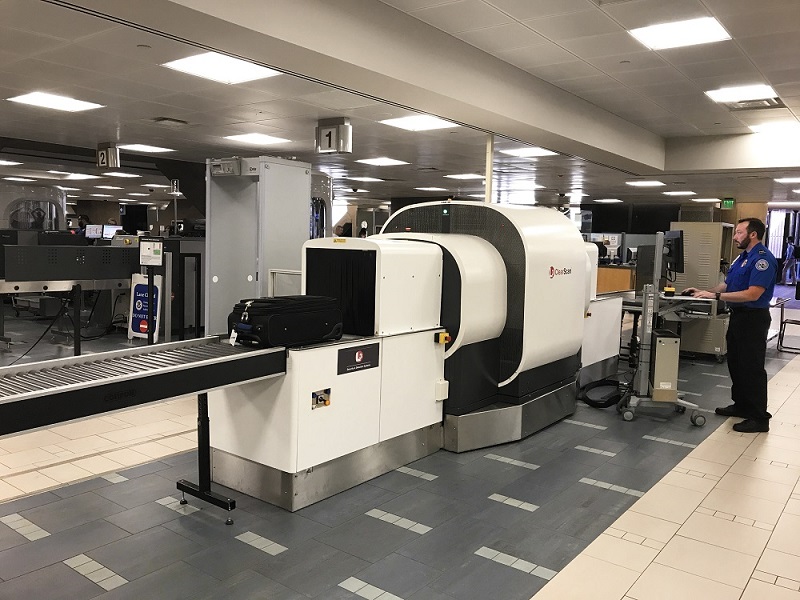New X-ray machines and body scanners in $A300m Australian security upgrade
08 May, 2018
3 min read


The Australian government has confirmed that body scanners will be introduced at regional airports as part of a $A294 million package that will also see cabin baggage screening upgraded to advanced X-Ray equipment.
Sophisticated new screening technology will be introduced at major and regional Australian airports, international mail centers and air cargo facilities over four years under a 2018-19 budget initiative announced Tuesday.
Home Affairs Minister Peter Dutton said the moves were in response to evolving terrorist, national security and criminal threats.
These included a disrupted terrorist attack in Sydney last year that was unprecedented, sophisticated and represented a significant change in the national security environment.
The package includes the deployment of more than 140 additional AFP Counter Terrorist First Response officers at airports and a further 50 officers to provide tactical intelligence and other support.
There will also be upgrades to inbound air cargo and international mail screening technology as well as improved accreditation of all airport screening staff.
The government will provide $A50 million to help fund upgrades to security infrastructure at 64 regional airports, with funding for the mail and cargo screening receiving $A122 million and a similar amount going to increase the border force capability at nine domestic and international airports.
"I will introduce new laws to complement these measures providing the AFP broader powers to conduct identity checks at airports and to order a person to 'move on' from airport premises where needed," Home Affairs Minister Peter Dutton said.
"These initiatives will ensure Australia remains a trusted destination for trade and travel and a world-leader in aviation security."
The government pledged to work with airports to implement the enhanced measures.It did not specify the new X-ray technology but it is likely to be similar to new Computed tomography (CT) checkpoint scanning equipment being trialed n the US.
CT scanners use an X-ray camera that spins around the conveyor belt to shoot hundreds of images and build a 3-D picture of carry-on items. It also applies a sophisticated algorithm to detect explosives.
READ: New US screening technology addresses laptop issue.
The Australian Airport Association said the airport industry was committed to ensuring government requirements were implemented in "a complex and evolving threat environment".
“These new measures will build on the already robust security arrangements in place at our airports as the industry continues to deliver on its commitment to passenger safety,'' AAA chief executive Caroline Wilkie said.
Wilkie emphasized that the funding package fro regional airports was particularly important.
“We know regional airports are already doing it tough, and this funding is much-needed support to ensure these new arrangements are implemented in a timely, effective and consistent way across the country,” she said.
The Australian government will also spend $A6.9 million over two years to continue the work of Australian Border Force Airline Liaison Officers at 19 key overseas international airports.
ALOs provide airlines and local governments with on-the-spot passenger advice and are highly skilled in document examination, impostor detection and passenger assessment.
ALOs in the past five years had stopped more than 1000 passengers who had attempted to board a flight to Australia as an impostor or with a fraudulent document, the government said.
Disclosure: Steve Creedy contributes The Airport Professional published by the Australian Airports Association.
Next Article
3 min read
Virgin gets nod for Tiger deal

Get the latest news and updates straight to your inbox
No spam, no hassle, no fuss, just airline news direct to you.
By joining our newsletter, you agree to our Privacy Policy
Find us on social media
Comments
No comments yet, be the first to write one.
